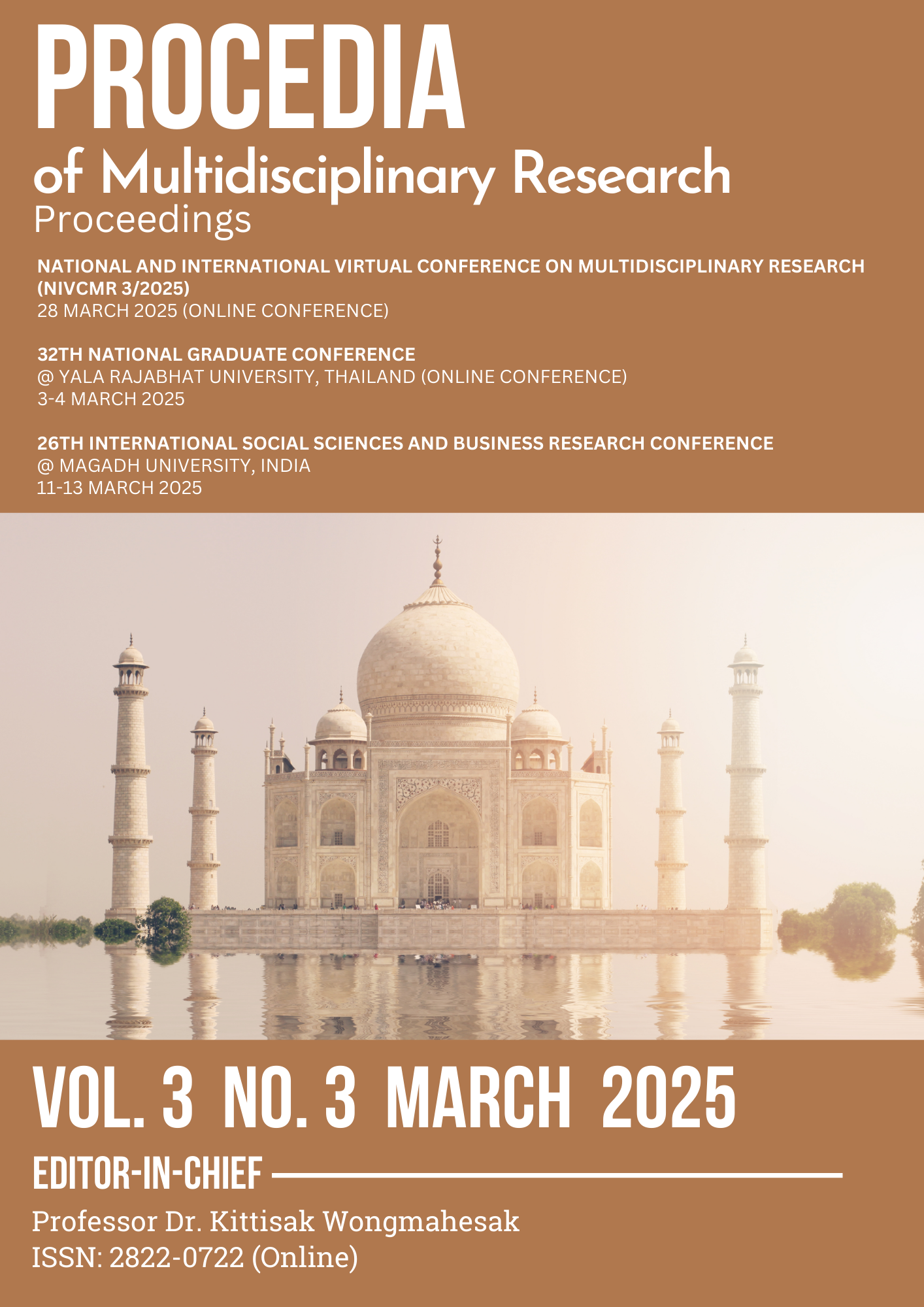EFFECT OF PLANT-PRODUCED FIBROBLAST GROWTH FACTOR-2 (FGF-2) ON L929 FIBROBLAST CELLS AND HUMAN PERIODONTAL LIGAMENT FIBROBLAST CELLS (HPdLF): A PILOT STUDY
Abstract
The application of tissue engineering in dentistry to address post-extraction bone resorption has become a promising strategy, with growth factors playing a key role in enhancing bone regeneration. However, the high cost of growth factors remains a significant limitation, prompting the exploration of Plant-produced growth factors as a more affordable alternative. This study aimed to evaluate the effects of Plant-produced fibroblast growth factor 2 at various concentrations (1.56, 3.125, 6.25, 12.5, 25, 50, 100, and 200 ng/mL) on L929 fibroblast cells and human periodontal ligament fibroblasts (HPdLF). Cell viability was assessed using the MTT assay at 48 hours. The results demonstrated no significant differences in cell viability in the L929 fibroblast cell line across all tested concentrations of Plant-Produced FGF-2. In contrast, for HPdLF cells, concentrations of 25, 50, 100, and 200 ng/mL showed statistically significant increases in cell viability compared to the positive control (p < 0.05). These findings suggest that Plant-Produced FGF-2 can effectively promote the viability of HPdLF cells, while having no significant effect on L929 fibroblasts cells. These findings suggest that the response to Plant-produced FGF-2 varies between different cell types, highlighting the importance of cell-specific responses in therapeutic applications.
Downloads
Published
Issue
Section
License

This work is licensed under a Creative Commons Attribution-NonCommercial-NoDerivatives 4.0 International License.







.png)

